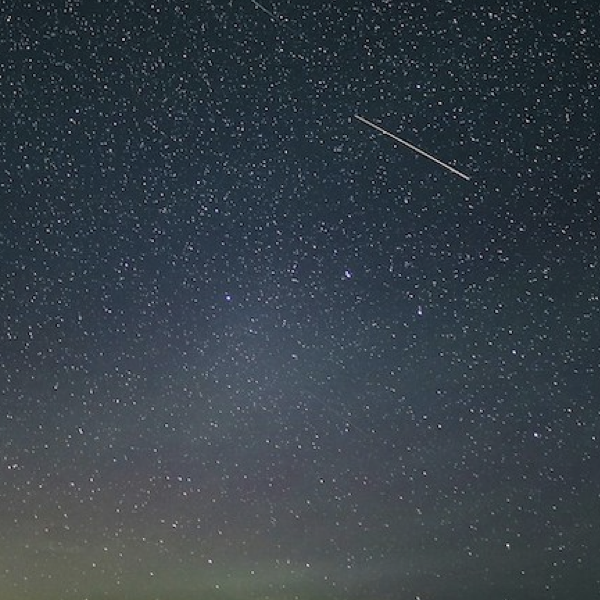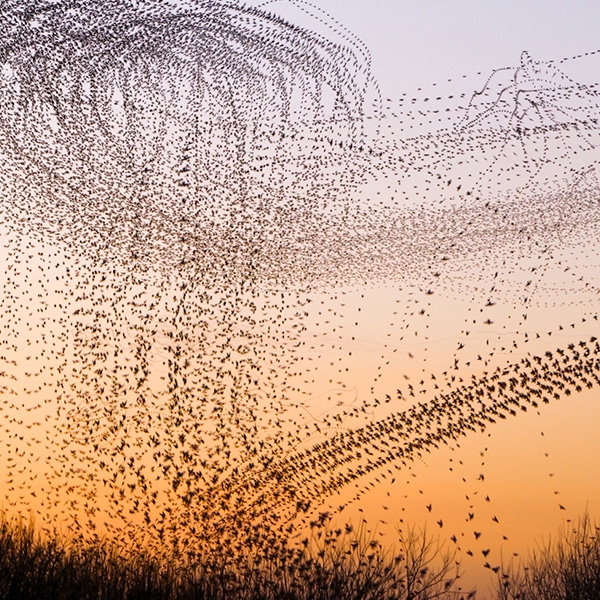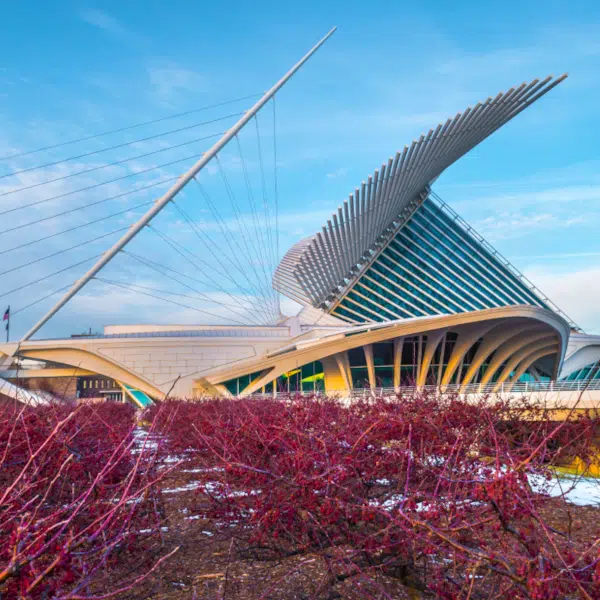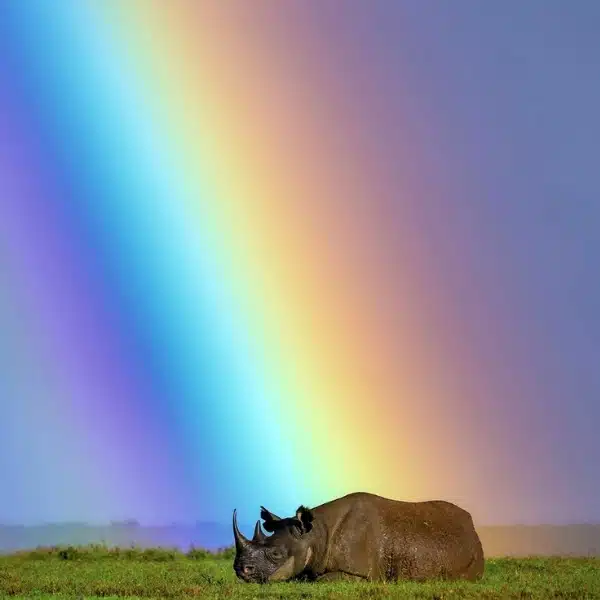View this post on Instagram
Anyone who has ever had a piece of luggage stolen knows what a nightmare it can be. But what if your luggage contained not only clothing and personal items, but also irreplaceable photographs? This is, unfortunately, the case for National Geographic photographer Joel Sartore. Sartore was at the Bali Airport on December 20 when his carry-on was stolen. As with most people's carry-on luggage, it contained his most valuable items, including his passports, computer, cameras, and—perhaps most importantly—three hard drives full of priceless images.
Sartore, who put out a call for help on Instagram, is desperately searching for his missing Samsonite rolling bag primarily due to these hard drives. Each one contains precious photographs taken over the course of three weeks in Indonesia that were destined for his project, The Photo Ark. This ambitious, multi-year project is aimed at capturing the world's biodiversity through photographs of every species living in a zoo or wildlife sanctuary globally.
It's a project that's close to the photographer's heart, and, in an exclusive interview with My Modern Met, he shared what working on The Photo Ark means to him. “One thing that drives me is the fact that, for many of the smaller species I photograph, this is the only time they’re ever going to have their stories told to a global audience. For some, this may mean the difference between survival and extinction, depending on whether the public cares enough to save their habitat, decrease pollution, etc. So whether we’re celebrating minnows, sparrows, or salamanders, that’s a powerful motivator for me to keep going.”
According to the photographer, the missing hard drives contained images and videos of some of the world's rarest species. The loss of these photos is a huge blow to Sartore, whose goal is to promote animal conservation in the face of the rapid extinction of many species. The dedicated photographer has uploaded images of over 9,800 species to The Photo Ark database. It will take an estimated 25 years to complete the project.
By ringing the alarm bell, Sartore is hoping that someone will come forward to help him recover the blue Silicon Power hard drives. They each have a capacity of either 1 terabyte or 2 terabytes. If you have any information about the missing items, please contact Sartore, the local authorities, or Asa Film in Bali.
Help National Geographic photographer Joel Sartore recover hard drives that were stolen from him in Bali.
Each contains images and videos of rare species in Indonesia for The Photo Ark.
This ambitious project aims to document every species living in a zoo or wildlife sanctuary.
Joel Sartore: Website | Instagram | Facebook
h/t: [PetaPixel]
Related Articles:
Interview: Man Spends His Life Documenting Every Animal Species in the World
Photographer Captures Brilliant Bird Portraits to Help Save Endangered Species
Stunning Light Show on Empire State Building is a Moving Tribute to Endangered Animals
National Geographic is Sharing Photos of Endangered Species This Summer to Help Save Their Lives






















































































